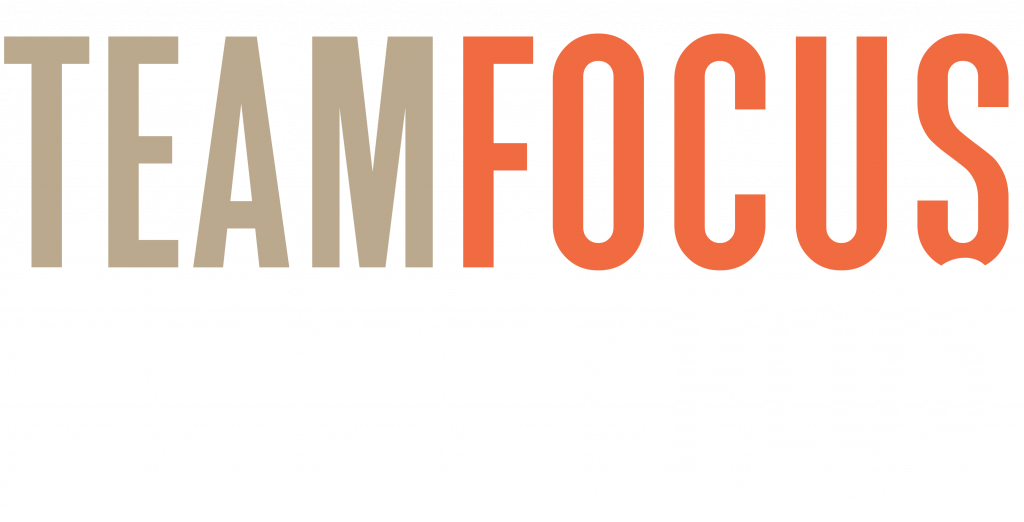When it comes to improving your team’s productivity, knowing how to schedule and prioritise tasks is a necessary step. It is especially true with project management, since most projects are composed of multiple, interdependent tasks that can be difficult to track without proper planning.
Additionally, the relationships between these tasks will determine the order in which they need to be completed. Hence, it’s important to identify these relationships—known as “task dependencies”—within your workflow. By doing so, you can create a project timeline that promotes maximum efficiency.
Read the guide below to better understand what task dependencies are and how they can help you manage your project effectively:
What Are Task Dependencies?
A task dependency refers to the order in which tasks should be performed. It hinges on the idea that most tasks within a project are dependent on one another. These dependencies usually have a “successor task” that relies on the initiation or completion of a “predecessor task”.
There are different types of task dependencies. Below is a list of the most commonly encountered ones during project development:
Types of Task Dependencies
Mandatory Dependencies
Mandatory dependencies are present in tasks that cannot be avoided or ignored during your project. These are usually non-negotiable activities which are legally required or inherent in the project itself. For example, a machine can’t be assembled without first sourcing or purchasing its components.
Preferential Dependencies
Preferential dependencies are present in tasks that rely on the discretion of a project management team. These kinds of dependencies are not mandatory but can be influenced by team preferences, conventions, and best practices.
For example, when building a house, a team can choose to do the plumbing work or electrical work first. In this situation, they may decide to install the plumbing fixtures first, as placing electrical components around larger plumbing materials is often safer and sometimes easier.
Internal Dependencies
Internal dependencies are present in tasks within a project. This means that a project team has control over the scheduling and sequencing of these tasks. It’s worth noting that internal dependencies can also be mandatory or preferential.
External Dependencies
External dependencies are present in tasks that require action from a third-party or outside source before being initiated. In essence, external dependencies can’t be controlled by a project management team. A common example of this dependency is when a team awaits client approval before starting a project.
Finish to Start Dependencies (FS)
FS dependencies refer to relationships where a successor task cannot be initiated unless its predecessor has been completed. To illustrate, if Task A is not properly completed, then a team can’t start on Task B.
As an example, when planning a social media campaign, promotional content can’t be posted on a client’s social media feeds without the prior creation of graphics or brand materials.
Start to Finish Dependencies (SF)
SF dependencies refer to relationships where the completion of a successor task relies on the initiation of its predecessor.
Let’s say, for example, that a client needs moving into a new IT system. This endeavour is composed of two tasks: Task A (the predecessor) is running a new system and Task B (the successor) is deactivating the old one. The old system can’t be deactivated unless the client has a new system to work with.
Start to Start Dependencies (SS)
SS dependencies refer to relationships where a successor task can only begin when its predecessor does. To put it simply, this means that two tasks must start simultaneously or shortly after the other. It doesn’t necessarily mean that a predecessor must be completed—it simply needs to be initiated.
For example, baking a cake and making its frosting are tasks that have a start to start dependency.
Finish to Finish Dependencies (FF)
FF dependencies refer to relationships where a successor task can only be finished when its predecessor has completed their task. Essentially, this type of dependency is an inverse of the SS dependency, as it entails that two tasks must finish simultaneously or shortly after the other. However, these tasks don’t have to start at the same time.
For example, say a book needs to be published; a writer must finish writing their book so their editor can proofread it.
The Benefits of Identifying Task Dependencies
There are several benefits to be gained from identifying task dependencies.
First and foremost, knowing your project’s task dependencies can ensure that you deliver it on time. By completing tasks in the best order, you can streamline your project workflow. Identifying task dependencies can also help you estimate the duration of each job which allows you to create a realistic schedule and manage stakeholder expectations.
Secondly, knowing what tasks need completing can help you allocate a project’s resources and make the best use of them.
Lastly, understanding your task dependencies can help you identify possible risks in your project. For example, because external dependencies tend to be outside of your control, they could be potential setbacks or bottlenecks. Hence, identifying them earlier can help you prepare contingency plans beforehand and warn stakeholders of their effects.
With the guide above and a bit of practice, you’ll be able to identify task dependencies in no time. By understanding these dependencies, you can produce project plans that are both feasible and efficient. It will improve your time management and ensures that your current and future projects run smoothly.
If you want to know more, call us on 1300 551 274, or send an email to team@teamfocusplus.com. We look forward to hearing from you.






